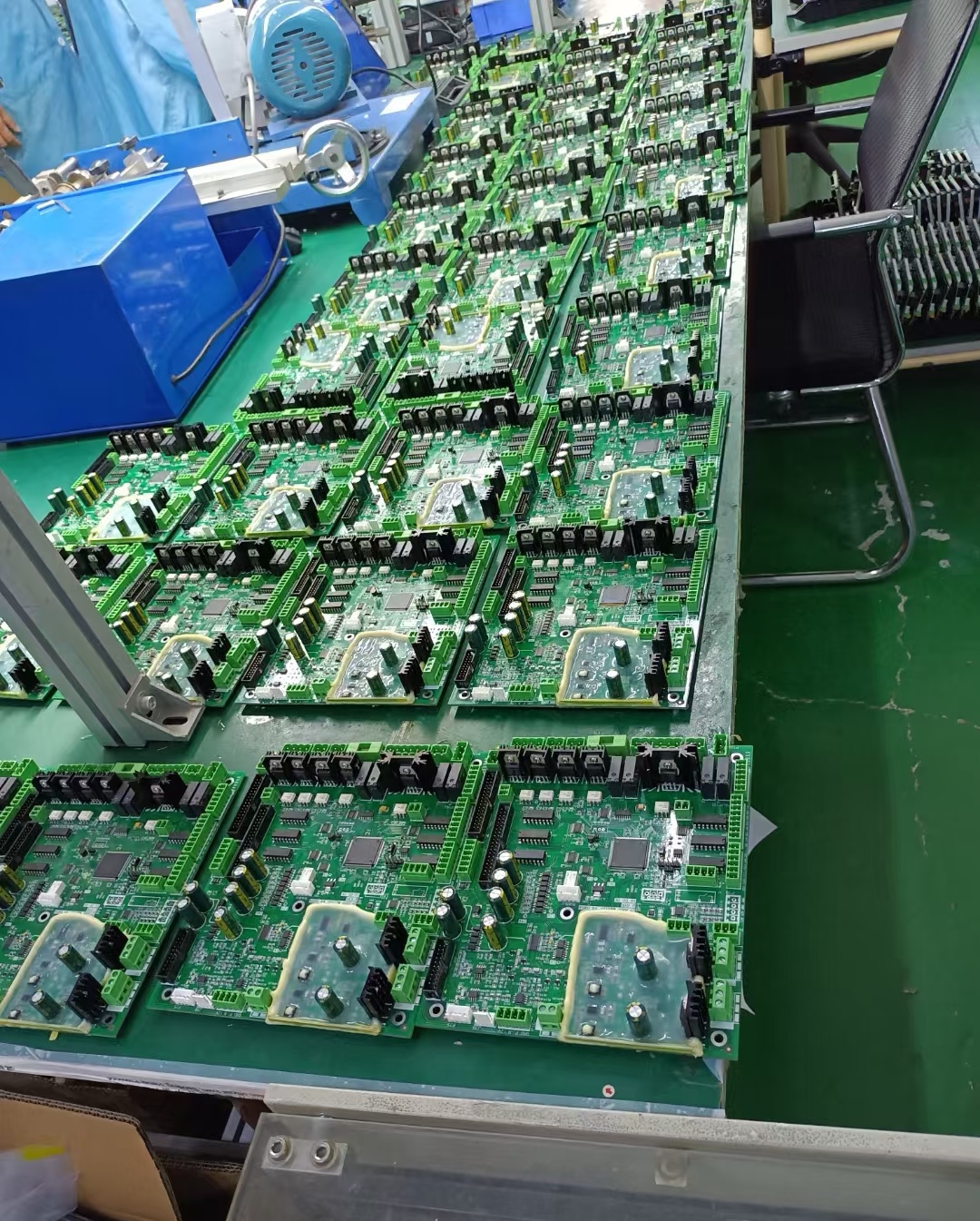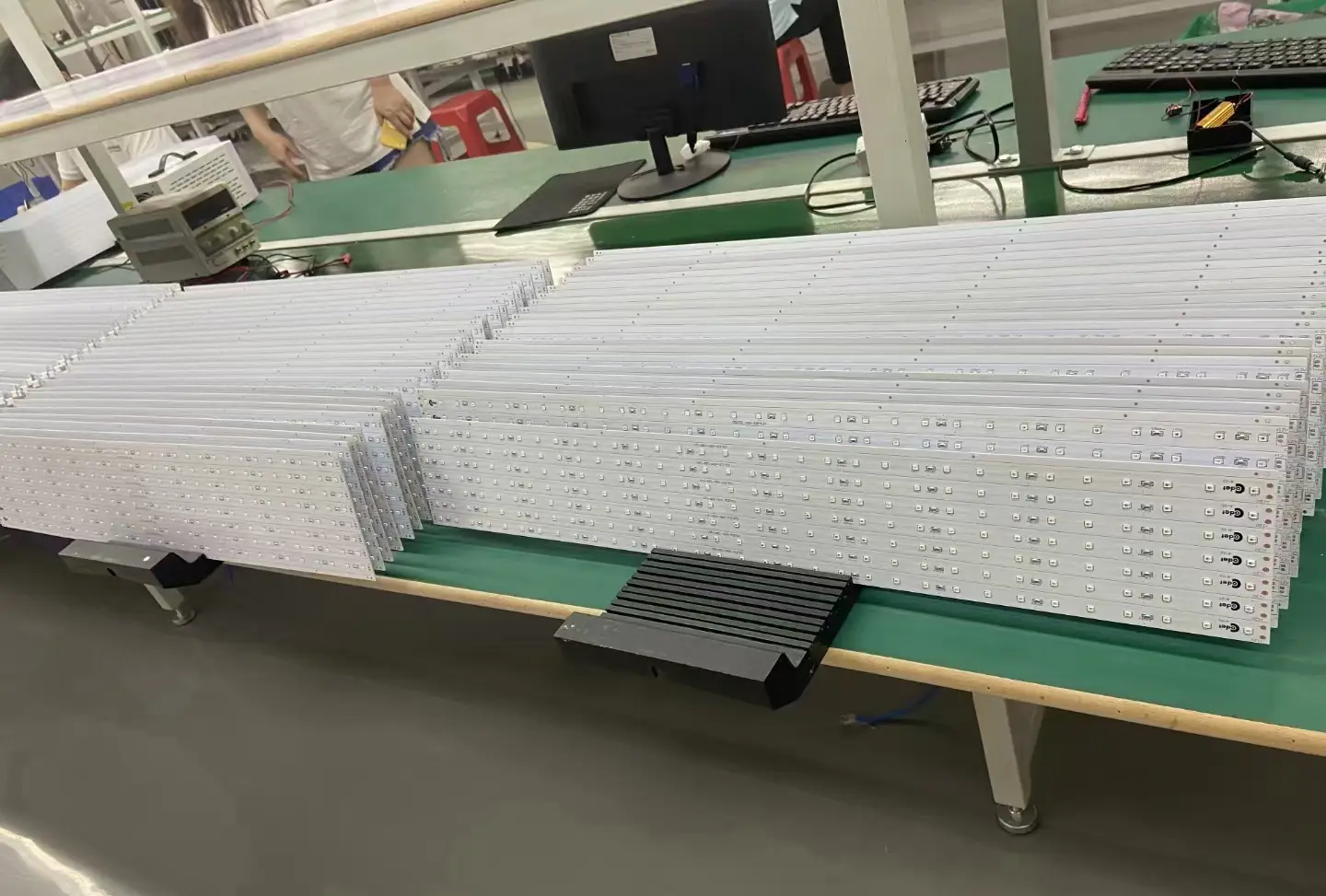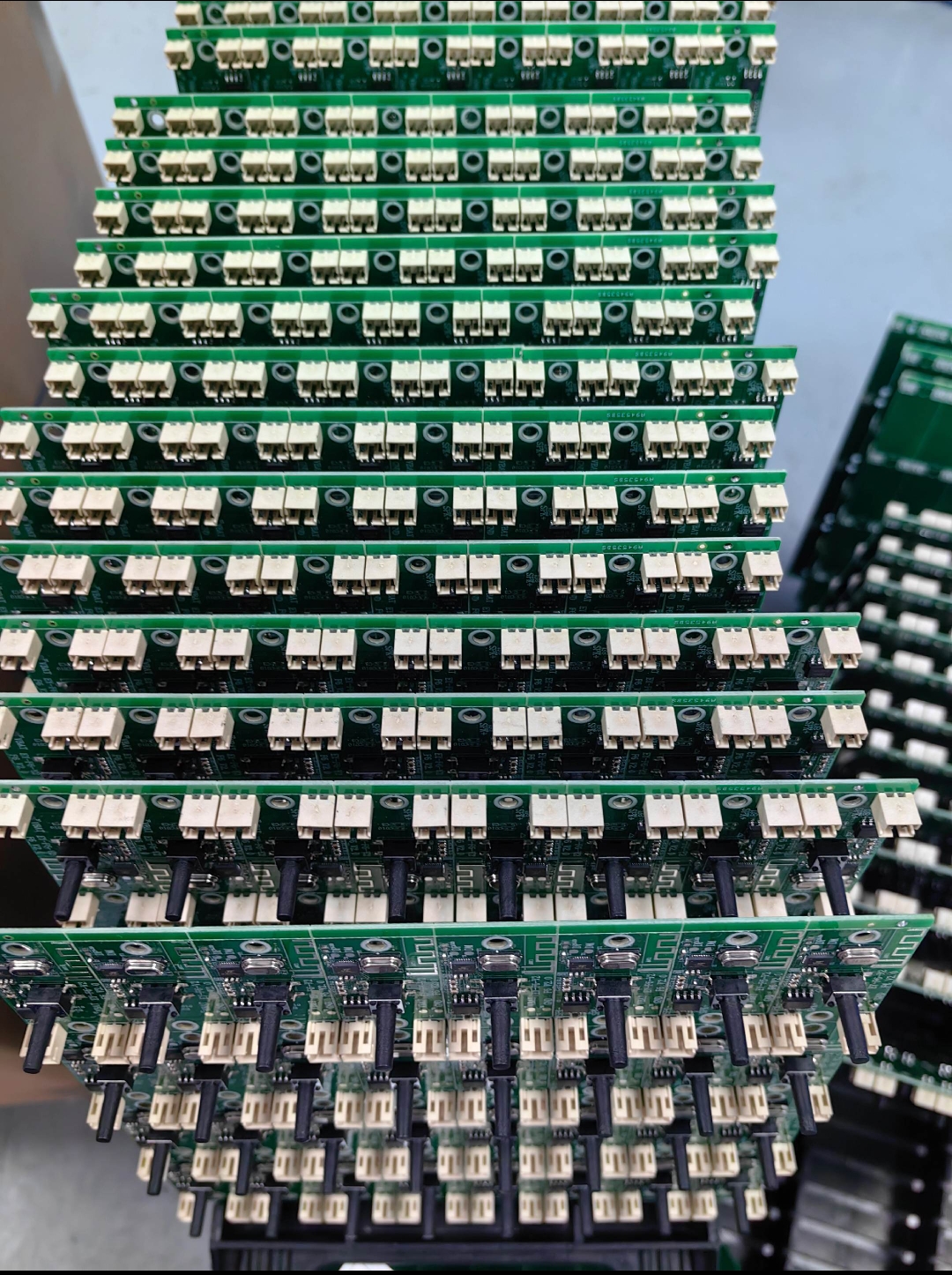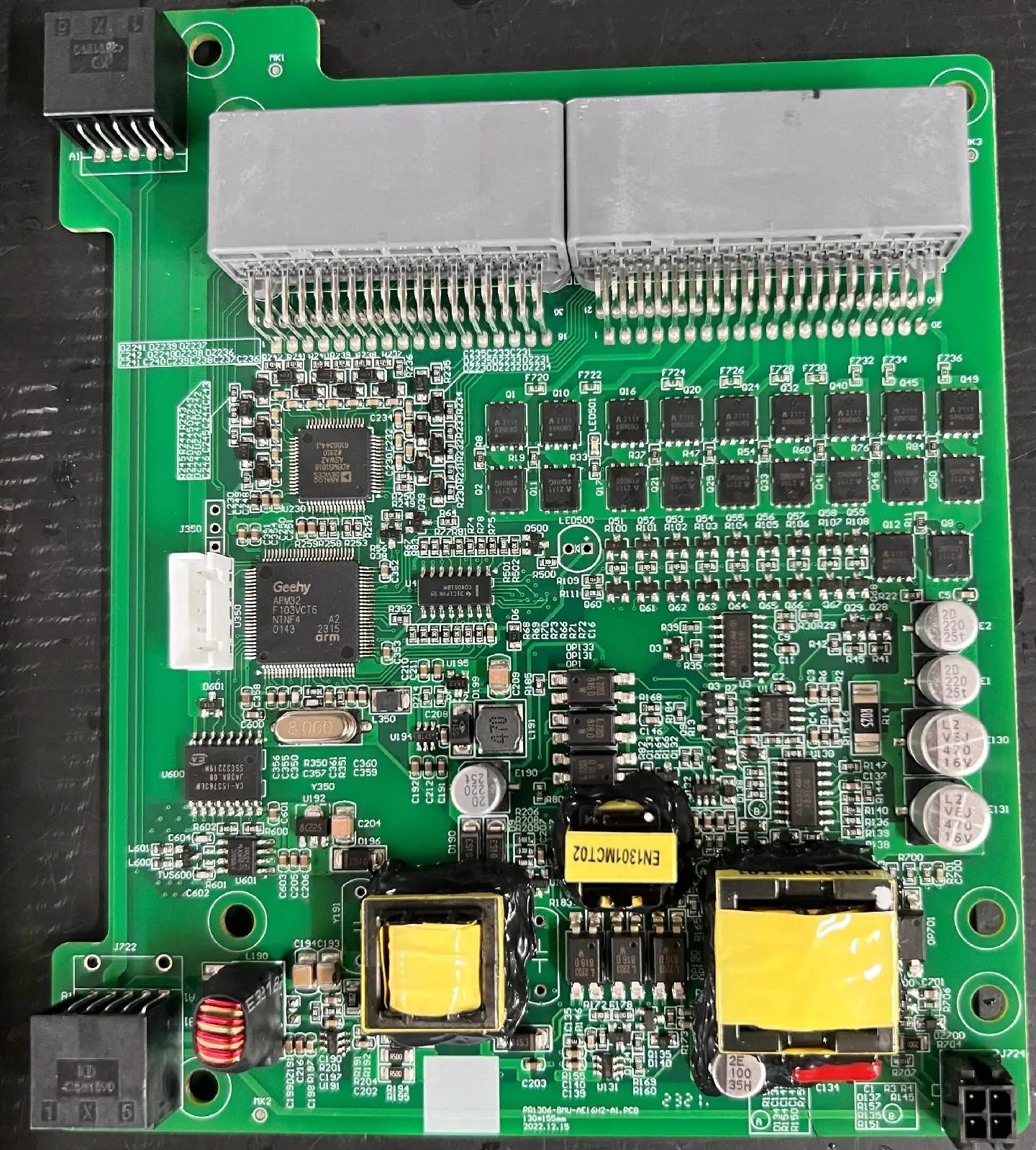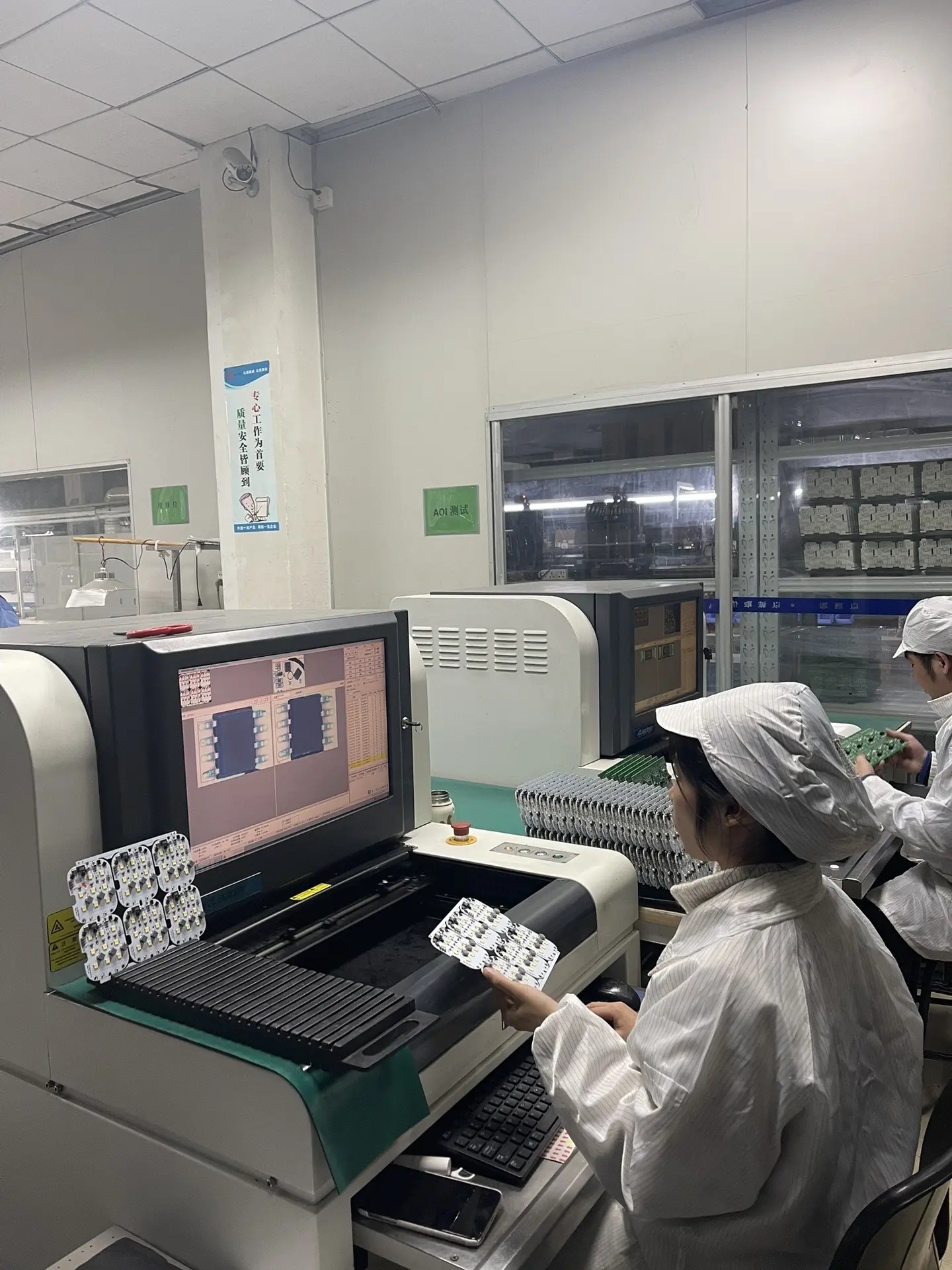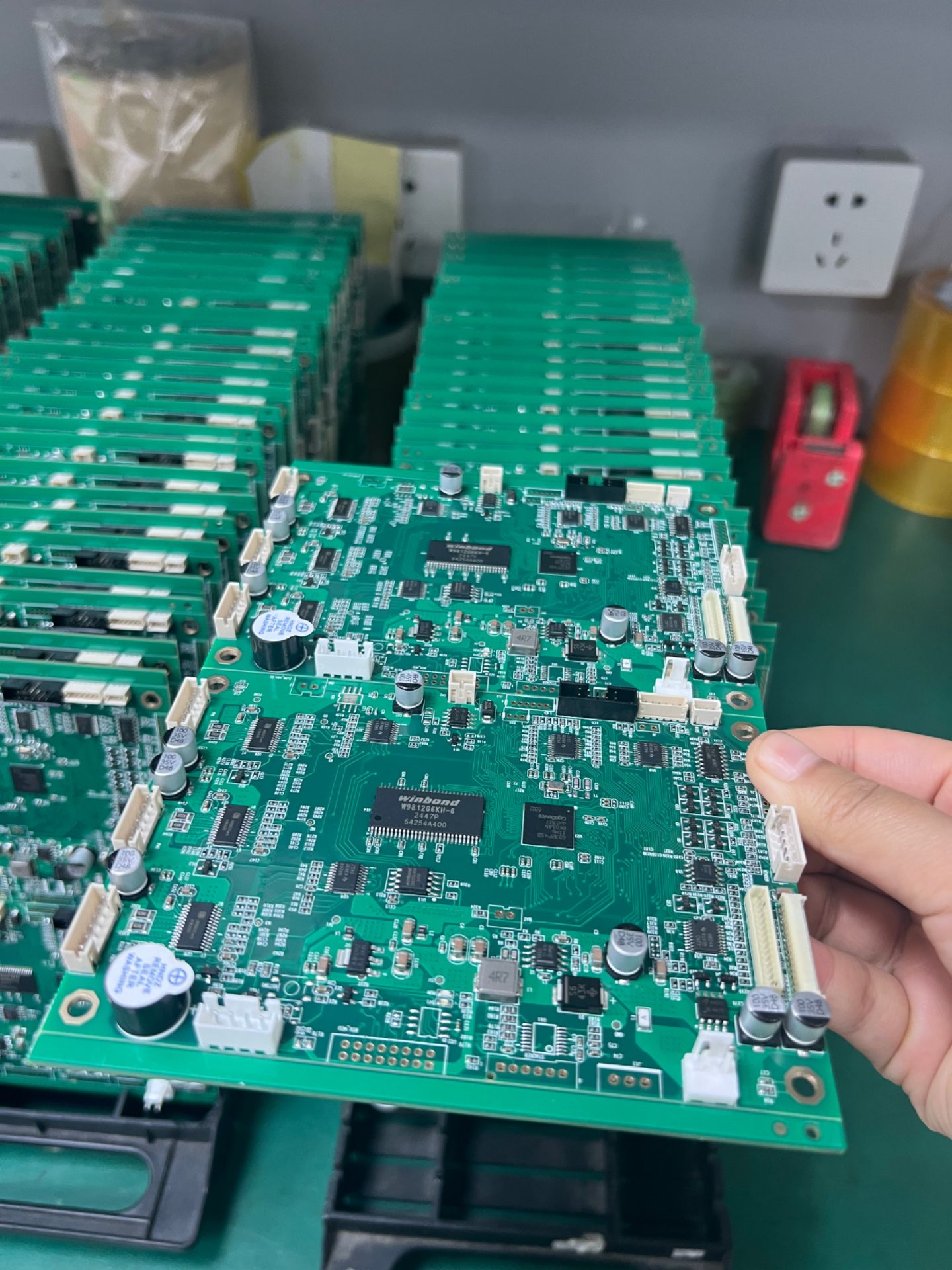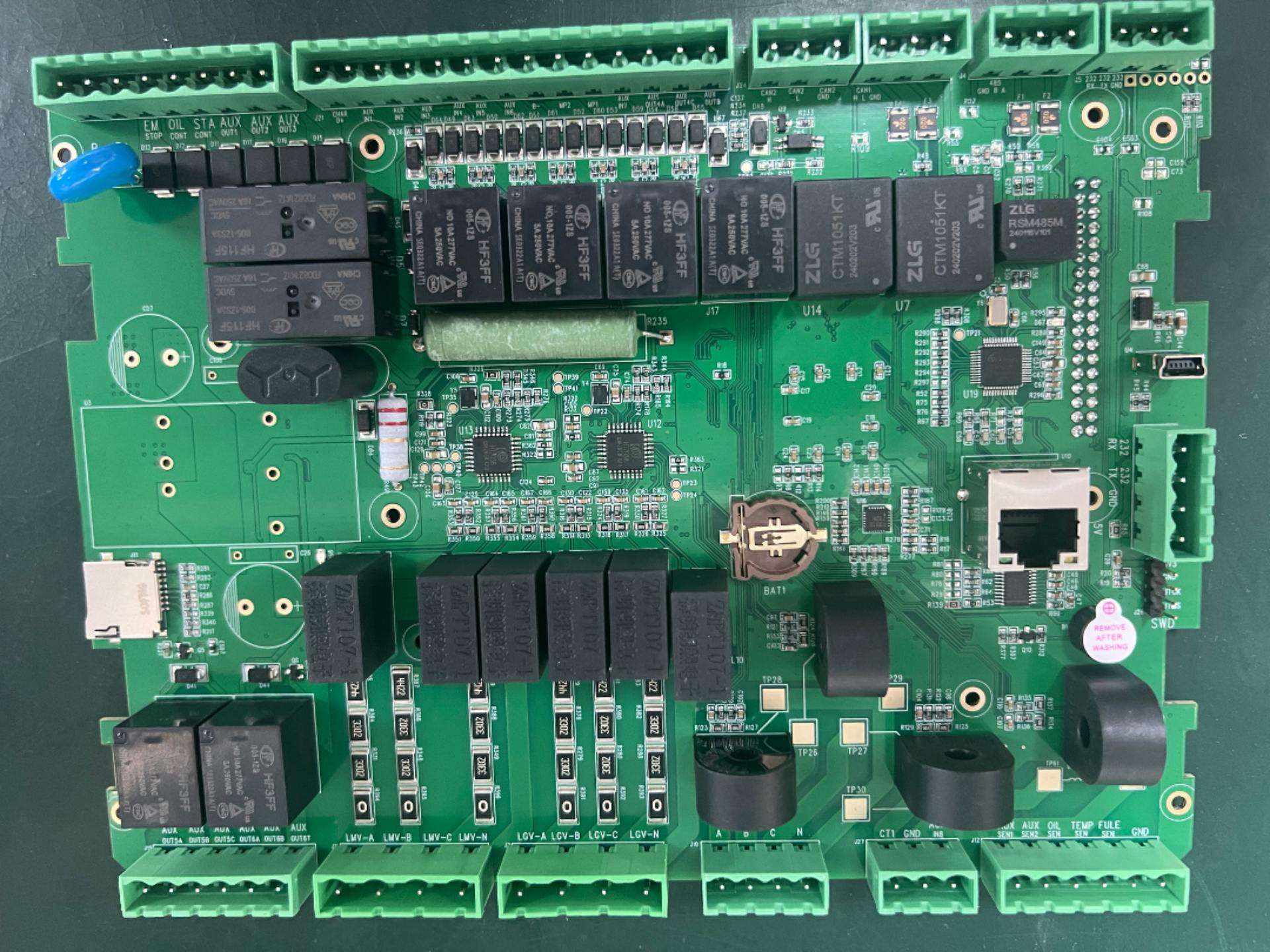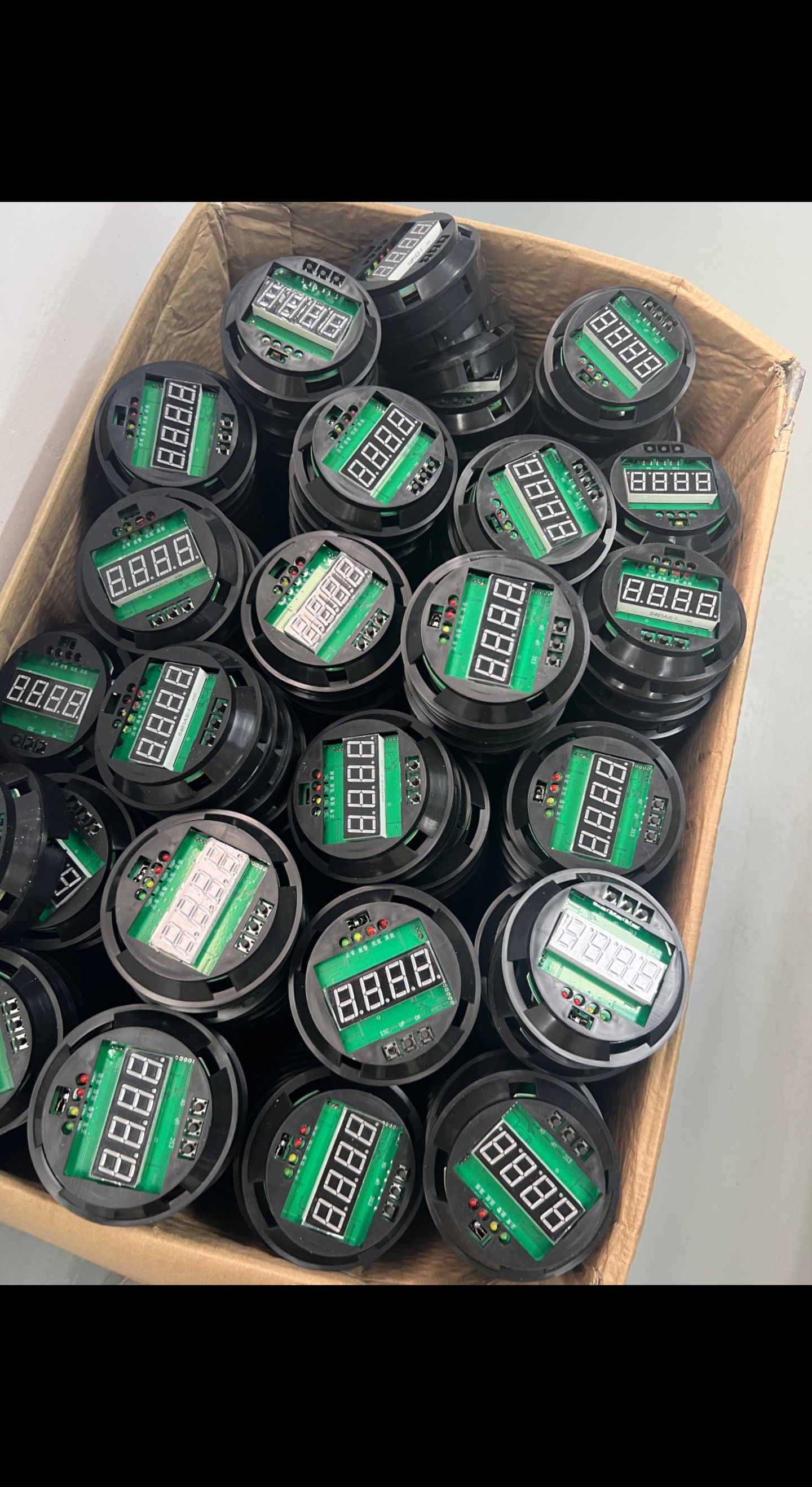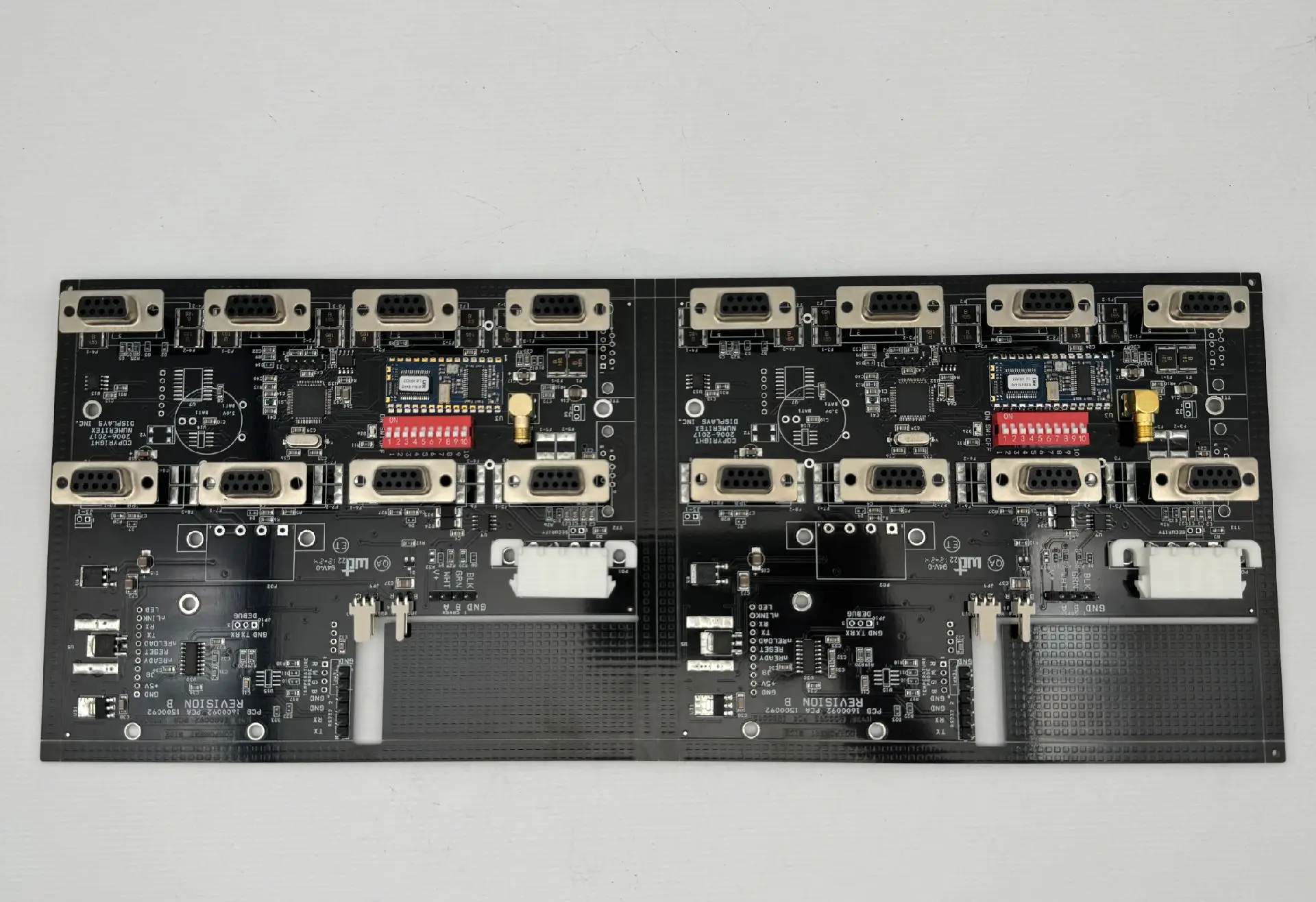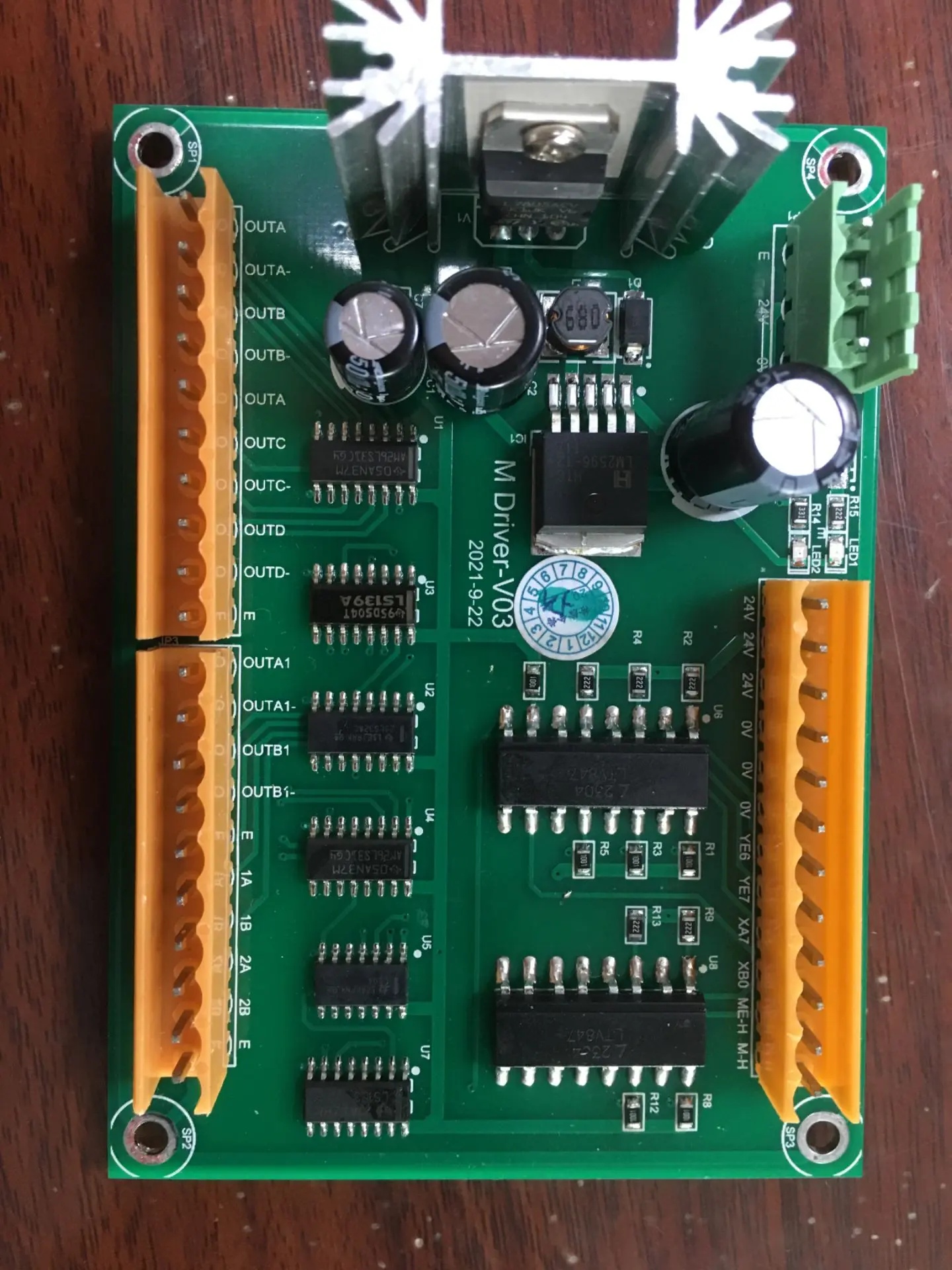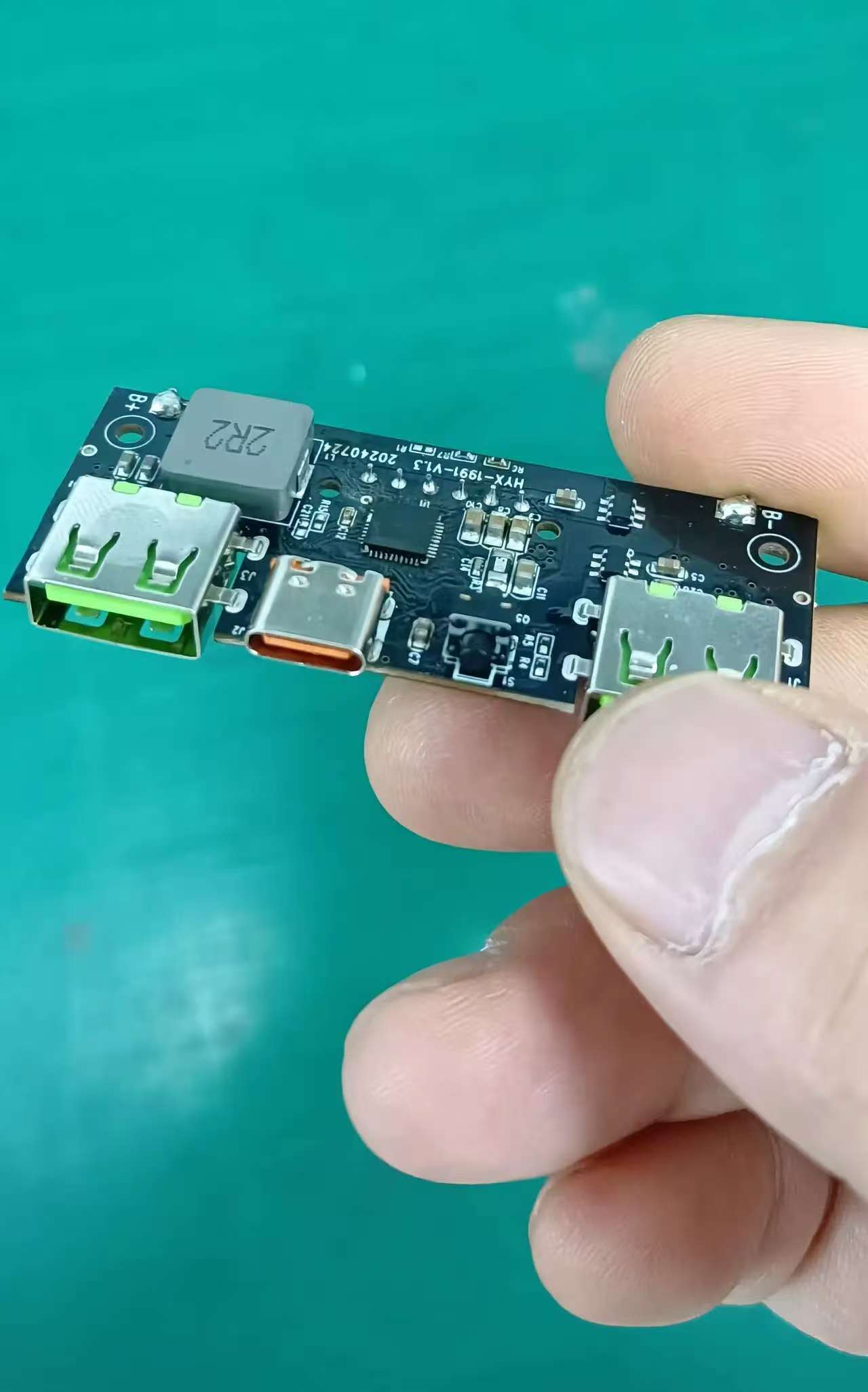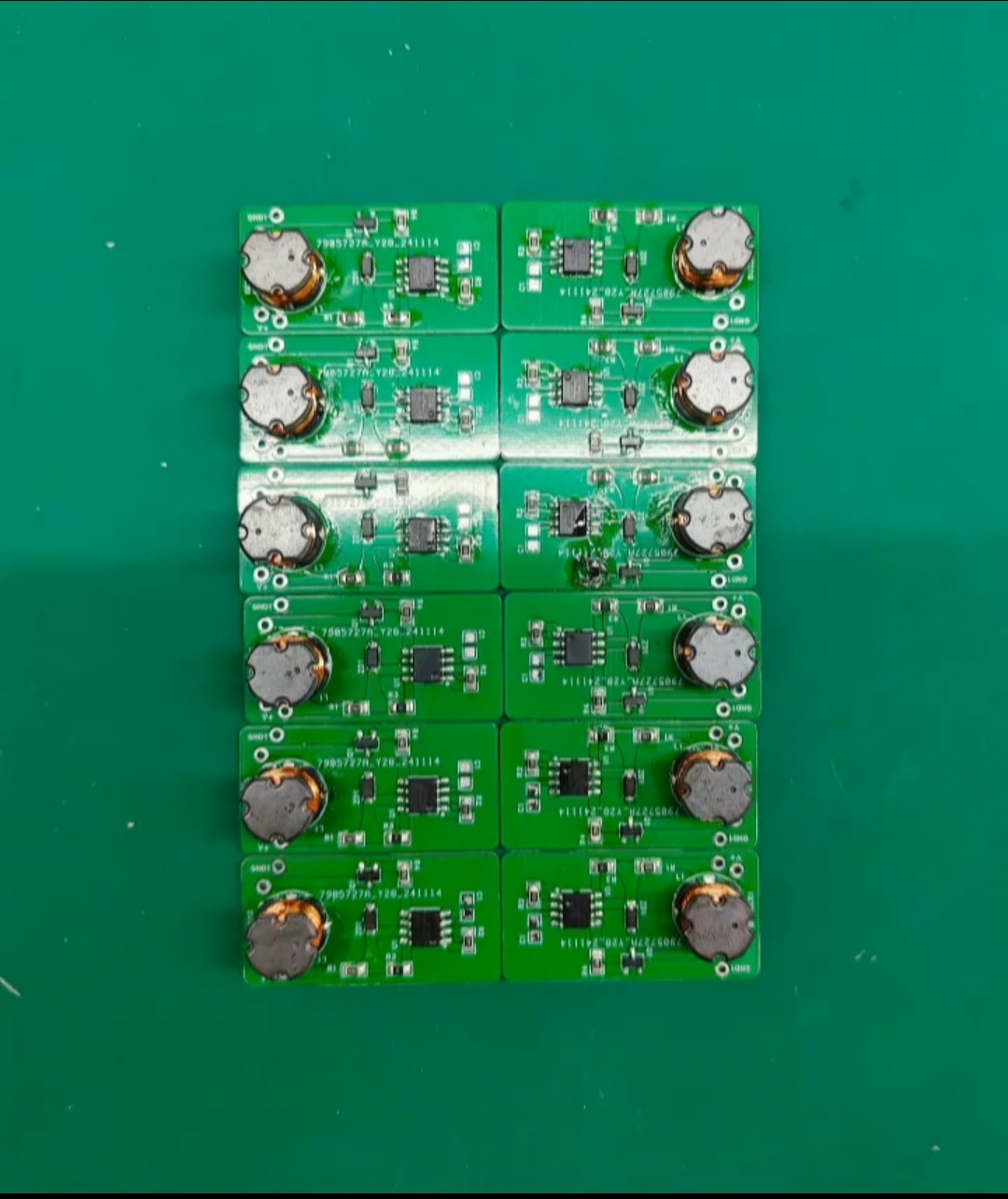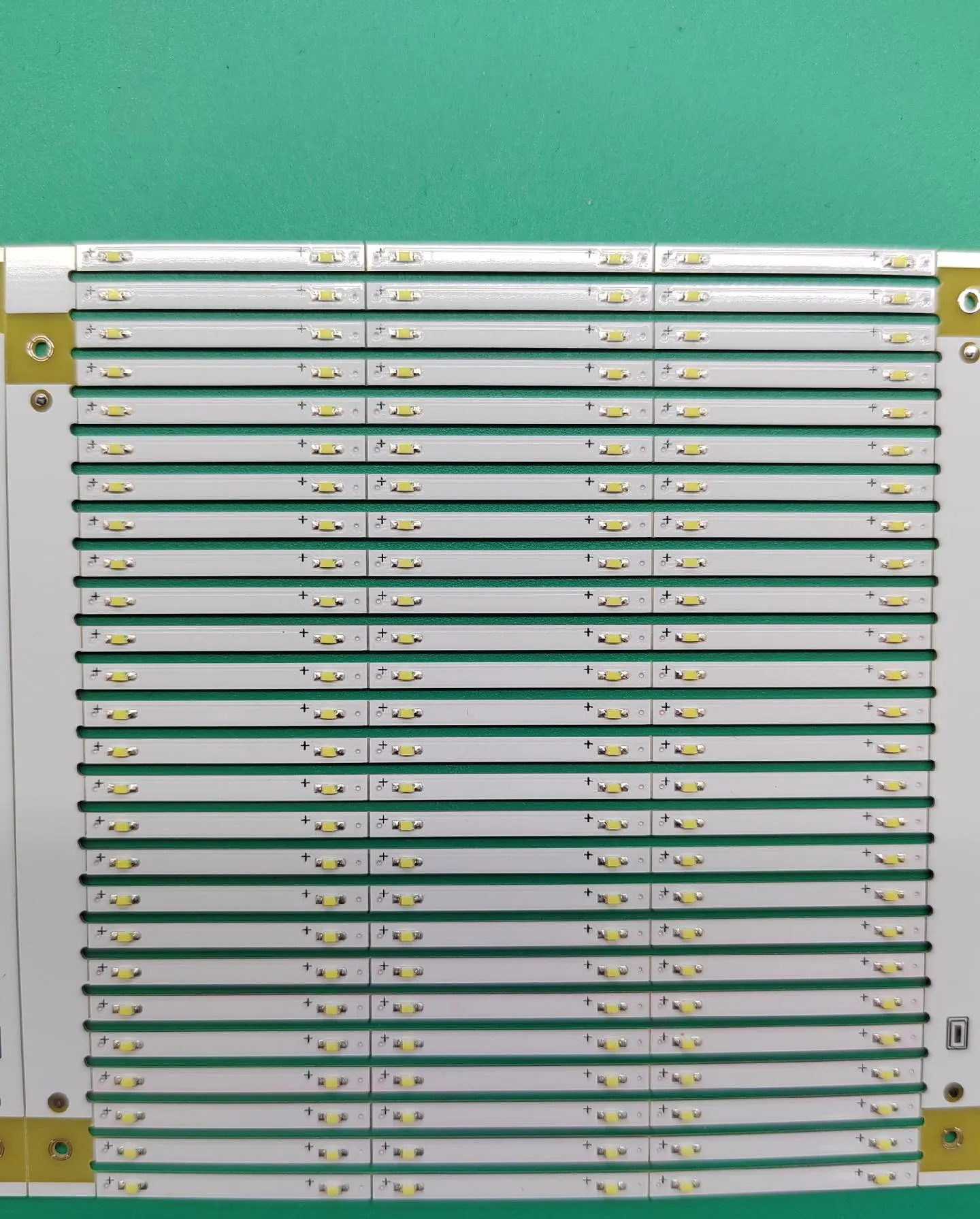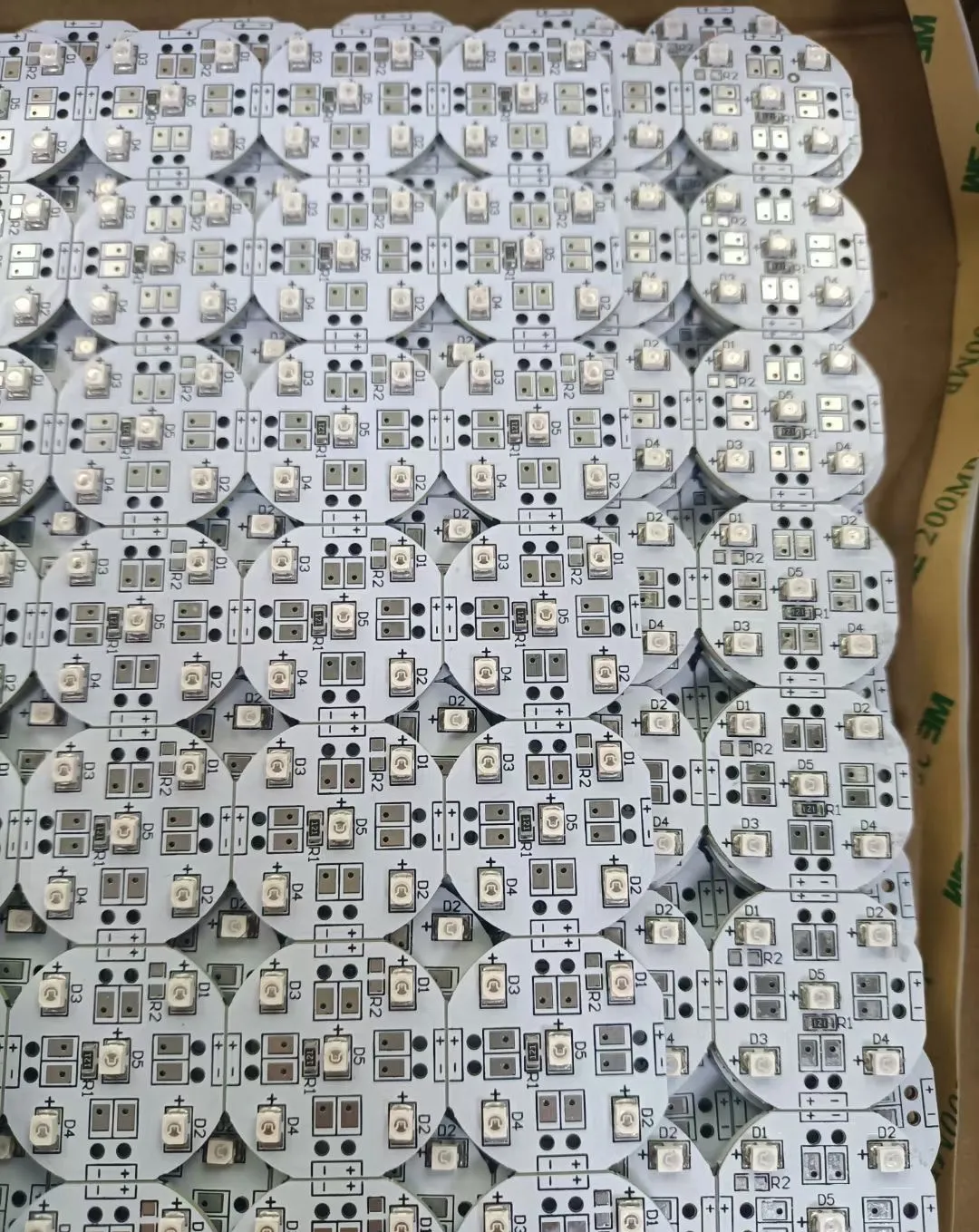In recent Terminator news, engineers at The University of California San Diego have invented a prototype printed circuit board technology that can repair itself after being damaged.
For those that love the 1991 Sci-fi thriller Terminator 2, this may sound familiar. One of the robot villains, the shape-shifting T-1000, was practically invincible because he was able to repair himself automatically after becoming damaged. Now, this prototype PCB technology has the ability to repair itself, with major implications for PSB use inside batteries, electrochemical sensors, and wearable, textile based electrical circuits.
Generally, the simplest of prototype circuit boards contains copper tracts that interconnect on only one of their surfaces. Wang’s technology, like most PCBs used today, is much more complex and requires multiple layers.
The technology behind the new circuit board is a new type of magnetic ink, which contains tiny micro-particles oriented in a certain pattern by a strong magnetic field. The engineers were able to use circuit board prototyping to arrange the micro-particles in such a way that they are attracted to each other, meaning a device with this technology will be able to immediately repair itself.
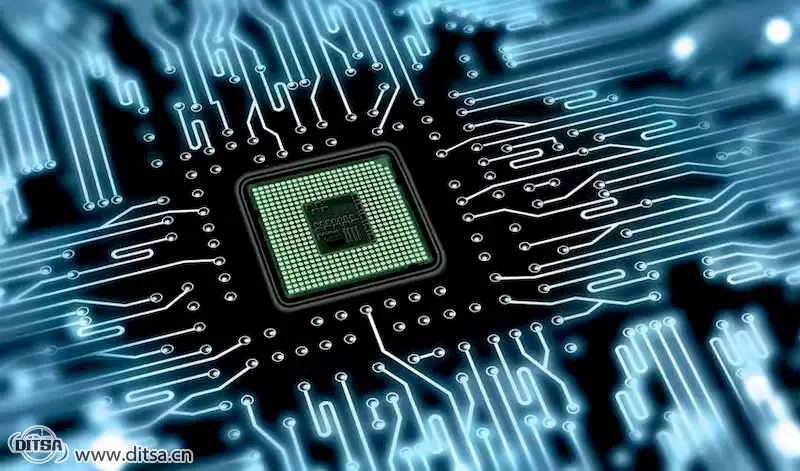
The engineers were able to print their self-healing technology on the sleeve of a shirt and connected it with a LCD and a battery. They then cut the fabric the circuit was printed on, and at that point the LCD light turned off. However, within a few seconds, it turned back on and the shirt started to repair itself. With their many trials, the researchers found that this new prototype circuit board technology can repair tears as wide as 0.1 inches. While that might not seem like a large number, this is a record for any self-healing system.
Joseph Wang, director at the Center for Wearable Sensors and chair of the nano engineering department at University of California San Diego, published his findings in the most recent issue of Science Advantage. He explained that his discovery has potential for many technological applications globally, stating, “Our work holds considerable promise for widespread practical applications for long-lasting printed electronic devices.”
Existing self-healing materials can take anywhere from a couple hours to a few days to completely repair themselves. However, Wang’s new printed circuit board prototype takes only a matter of minutes to heal. This means that this technology could extend the life of electronic applications from e-readers to phone charger cords in the years to come.

